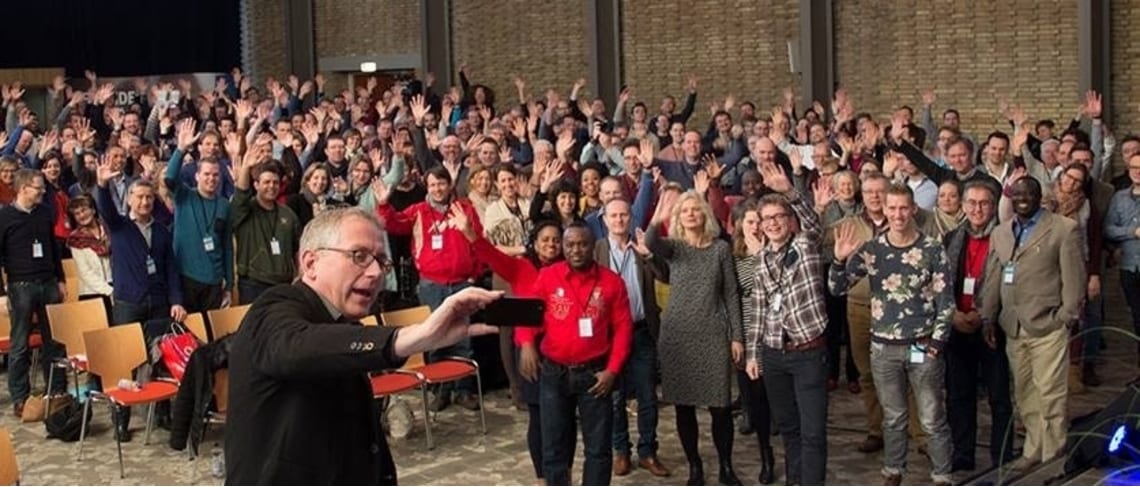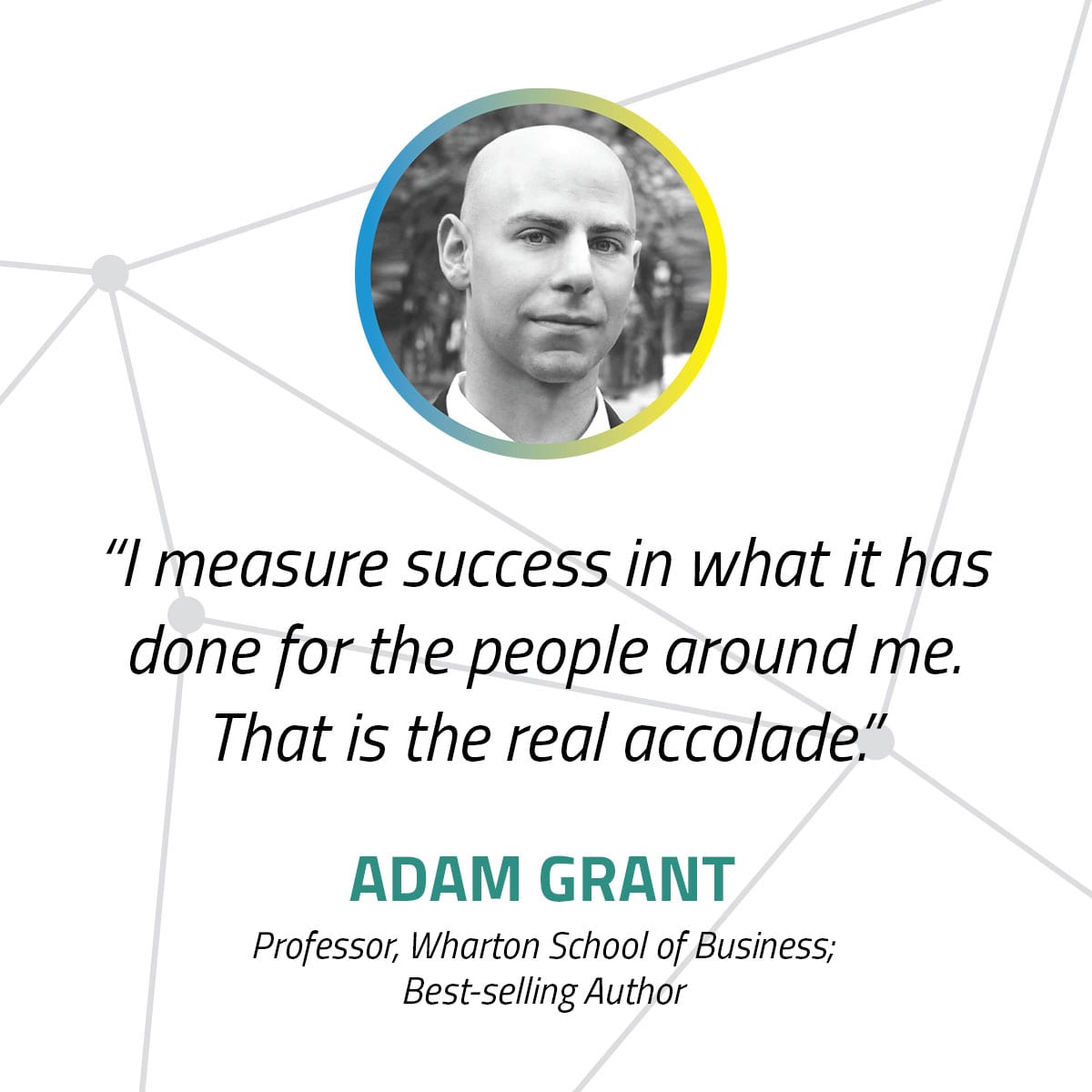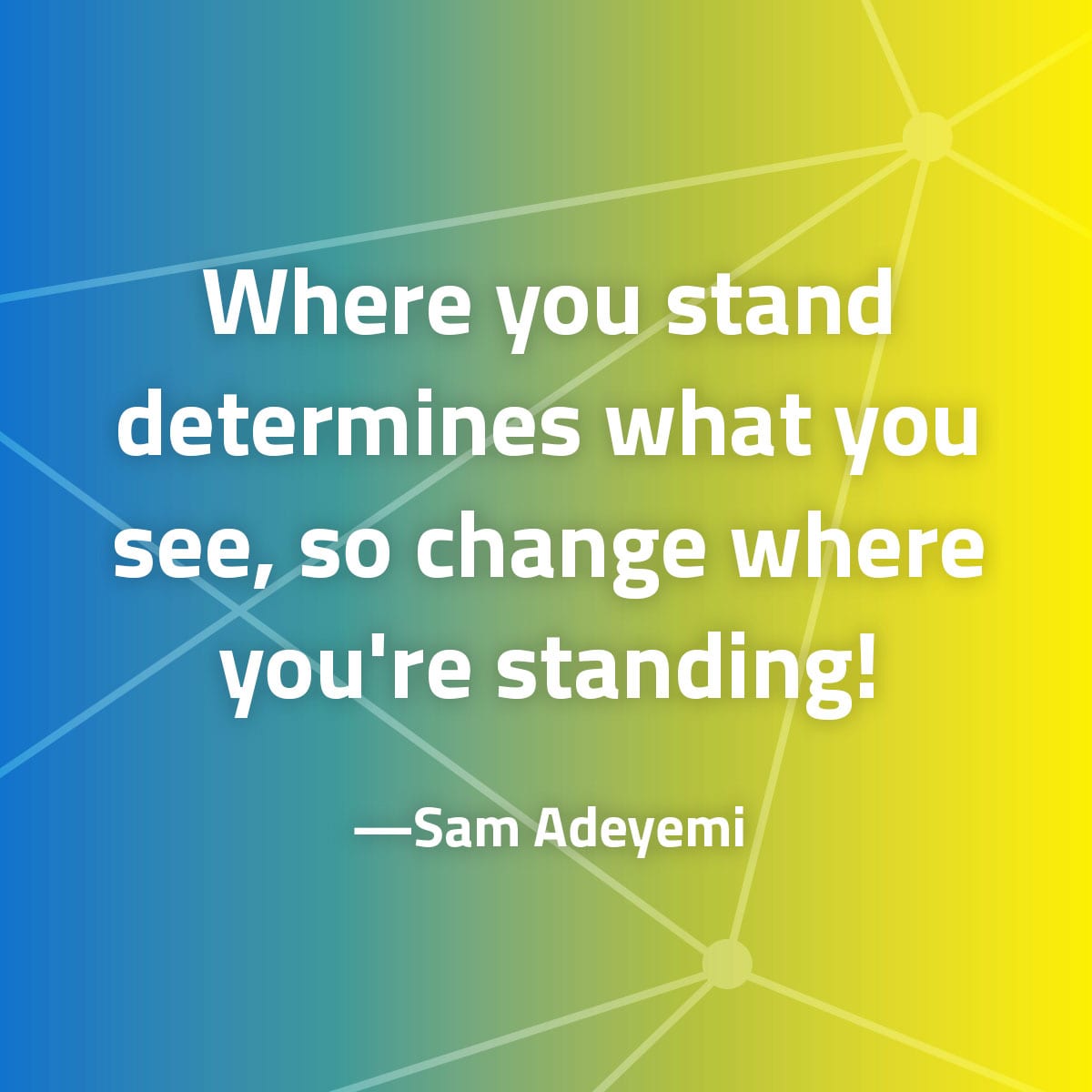
Today, the world pays homage to Nancy Reagan. David Gergen (GLS 2009), Communications Director in the Reagan White House, had a unique vantage point to observe the relationship between the 40th U.S. president and his wife. In his Summit interview, Gergen described Ronald Reagan’s greatest leadership strength to be his off-the-charts emotional intelligence. This article shows how Nancy’s role as “first friend” enabled Reagan’s success as a leader.
(CNN) Some years ago, I asked an eminent presidential historian, David Herbert Donald, what asset a president needs most. He thought briefly and answered, “A friend.”
That response has resonated with me ever since and instantly recurred Sunday when sad news arrived of Nancy Reagan’s death. In the Reagan White House, Mrs. Reagan was always more than first lady. She was also “first friend.”
History has shown that presidents need a close-in confidant — someone whose relationship stretches back in time, who is devoted to the president’s well-being, talks over his most intimate dreams and fears, keeps conversations secret, and once in a while, steps in to guide an errant president to a higher path. A confidant can be a second pair of eyes, seeing what a leader doesn’t.
Woodrow Wilson had his Colonel House, Franklin Roosevelt had his Louis Howe and Harry Hopkins. When I first joined the Clinton White House some six months into Bill Clinton’s first term, I discovered that Vernon Jordan, from his perch outside the White House, effectively played that role. Whenever we needed help inside, I recommended we invite in Jordan. In the case of President Barack Obama, the outside world senses that Valerie Jarrett is his closest staff confidante.
Nancy Reagan’s death has reminded the world that she and her “Ronnie” enjoyed one of the great love stories of modern politics. They met in the late 1940s when she was a respected Hollywood actress, but he was at a low point. His movie career was stalling out, and his first wife, Jane Wyman, had walked out on him, leaving him desolate.
As biographer Lou Cannon has described better than anyone else, Reagan’s marriage to Nancy in 1952 and his winning of a contract to host TV’s “General Electric Theater” changed the course of history. The new couple began a magical journey, one that gave him a fresh start in life and drew him away from the liberalism of Hollywood to become a rising star of the conservative movement. Fourteen years after they were married, he was the governor of California, with a beaming Nancy always at his side.
To those of us privileged to work for President Reagan in the 1980s, it was obvious that they remained deeply in love. Their favorite evenings were spent alone together upstairs at the residence. Woe be it to a staff member who tried to intrude.
In remembrances of Nancy, much has also been said of how influential she was and how she protected him behind the scenes. Both observations are true. She didn’t bring a policy agenda with her to the White House and rarely got involved in policy discussions, in the manner of Rosalynn Carter and Hillary Clinton. But after Reagan was shot, she did help to talk him into embracing the Brady Bill, a major gun control initiative much reviled by the right. And later on, she was a persuasive voice in favor of arms control with the Soviets, another initiative the right denounced.
Nancy Reagan was also the enforcer, fiercely protecting her husband’s energy and his image. I first encountered that side of her when drafted to prepare his debate briefing books for his 1980 fall campaign. Our team labored to produce a series of policy papers and memos, but when I proudly presented them to him, she looked daggers at me. It was immediately clear that we had loaded him down with way too much stuff. I never made that dumb mistake again.
When an adviser screwed up, the President was generally forgiving and hated to fire anyone. Nancy didn’t mind lowering the hammer, engineering the dismissal of a top political strategist such as John Sears in the 1980 campaign and famously in Reagan’s second term, his chief of staff, Don Regan. Nancy was irritated that Regan seemed to insert himself into every photo of the President, and after Regan failed to stop the Iran-Contra scandal, she forced him to the exits.
All of this is well understood by historians of the Reagan presidency. What no one has fully penetrated is the veil the two drew around themselves as a couple. They were extremely private, certainly to staff and apparently to children. Biographers have tried to understand their emotional lives but have largely failed, most notably Edmund Morris.
I worked down the hall from the Oval Office the first three years of Reagan’s presidency. James Baker, Michael Deaver and Edwin Meese — “the triumvirate” — were closer in than I was. But I don’t think any of us, even Deaver who was like a son to them, fully fathomed their relationship. What was obvious was how much he depended upon her as his anchor. She was the one to whom he confided his most intimate thoughts; she was the refuge where he could find emotional nourishment.
In one of the most insightful books about his presidency, “What I Saw at the Revolution: A Political Life in the Reagan Era,” Peggy Noonan turns to an academic study of adult children of alcoholics. It finds that such adults have trouble with intimate relationships because they have lacked reliable, consistent love from one or both alcoholic parents.
One senses that because Nancy provided such consistent, unconditional love, her husband discovered in her what had been missing all his life. As he said in letters to her, she made him feel complete. Ultimately, as he found, the best lovers are also best friends. Certainly Nancy was for her “Ronnie.”















Recent Comments